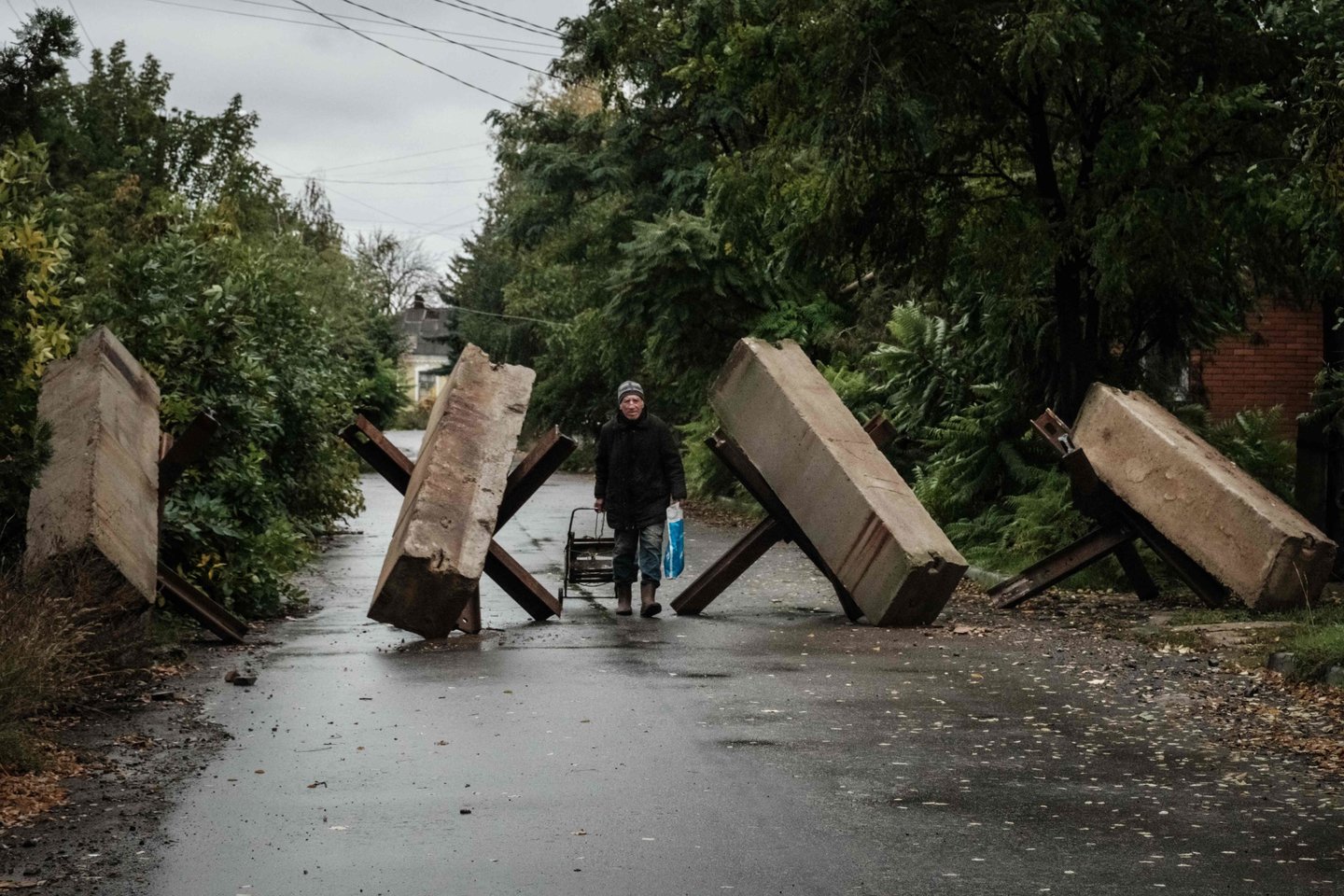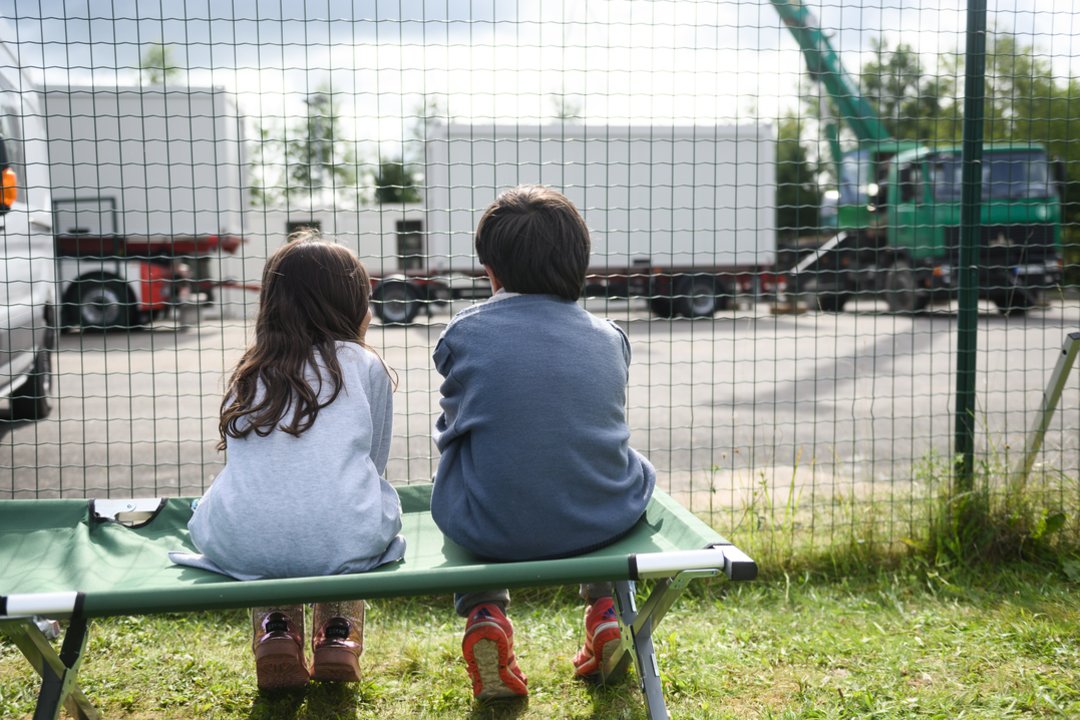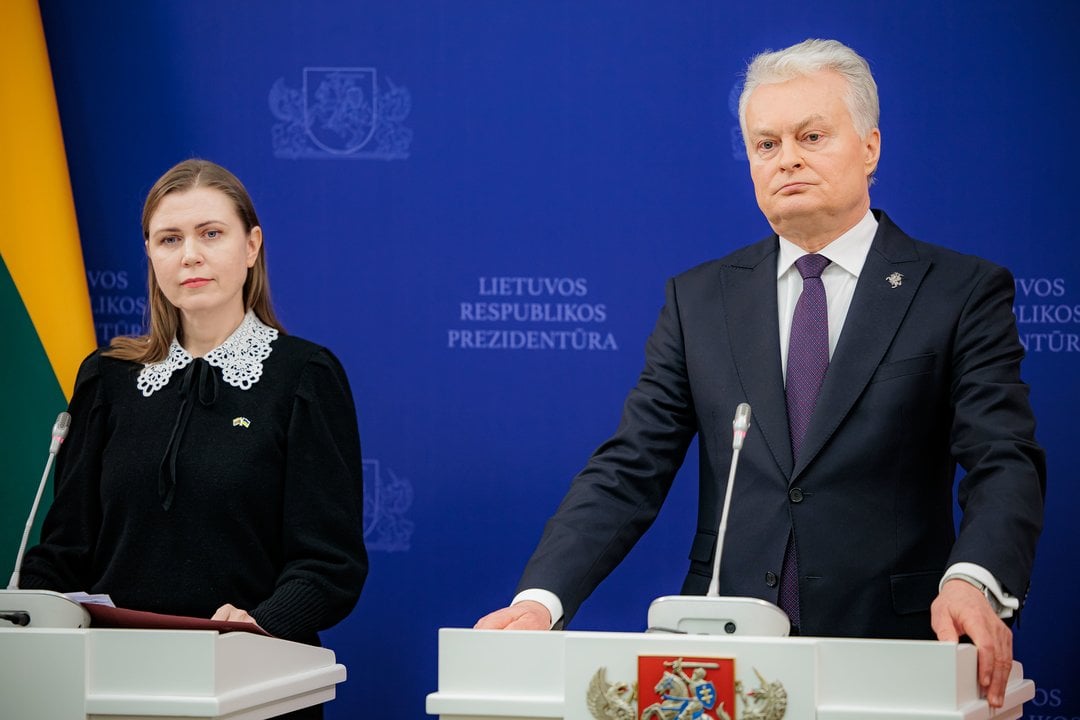Many of them experience difficulties finding accommodation, employment, and access to medical and social services. According to the UN International Organization for Migration report, in terms of macro-regions, the majority of migrants in Ukraine are residents of the country's East (45% of the total number). But they moved mainly to the West (37% of the total). Based on empirical and practical observations, signs of the first wave of internal resettlement of people from war zones to safe areas in Ukraine were:
- The chaotic nature of the resettlement. In the first days of the war, people left the war zones chaotically and tried to stay in any place in Western Ukraine where there was any possibility of shelter, or they stayed with acquaintances, friends, relatives, etc.;
- Active involvement of local and territorial community authorities and Ukrainian civil society in the resettlement of displaced persons. The communities of Ukraine, or territorial communities represented by the local elected authorities, played a key role in the initial resettlement and assistance to the resettlers and in their subsequent ongoing support and partial socialisation. In doing so, the activities of local government representatives were coordinated with various local activists and community leaders who became volunteers;
- Active involvement of international humanitarian organisations. A huge role, especially in the assistance and resettlement of displaced persons in the areas bordering other European countries, was played by various international organisations that, with similar experience gained in other conflicts, were able to set up an appropriate infrastructure in the western regions of Ukraine.
At present, seven months into the war, the following trends can be discerned in analysing the situation of internal migration:
1) Difficulties in ascertaining the exact number of migrants actually residing in a particular oblast (community). To date, it is practically difficult to establish reliable information about how many migrants are registered and how many reside in a particular locality. The main reason for this difficulty is the permanent migration of some IDPs. For example, in Transcarpathia, as of early April 2022, 110,000 people were officially registered. However, according to mobile operators, there were about 380 thousand internally displaced people in the region at that time.
2) The impossibility of determining (singling out) the exact number of IDPs from the occupied territories. After the liberation of the regions of Kyiv, Sumy, Chernihiv and Kharkiv oblasts from the Russian Federation forces, some IDPs from Western and Central Ukraine chose to return to their places of permanent residence. However, a considerable number of IDPs from the Eastern and Southern regions still cannot return to their homes as the Russian Federation occupies them. There is currently no information about the exact number of this particular group of displaced persons. This, in turn, complicates the process of their socialisation.
3) The emergence of spontaneous places of compact resettlement in individual communities. Against the backdrop of the current situation, places of compact residence for IDPs have begun to emerge chaotically where, for objective economic reasons or for personal reasons, community leaders are trying to create conditions for the socialisation of IDPs. These considerations are based on two types of motivation: economic and political. Through the need to assist IDPs, many politicians and community leaders consider attracting international aid and grants to support the infrastructure of the respective town or village. Some local public figures are interested in keeping IDPs from the southeast in their locality as a future electorate with their subsequent inclusion in the voter lists and registers.
Thus, as the conflict in Ukraine continues, there is a high probability that the number of internally displaced persons will increase, and the pressure on infrastructure in Central and Western Ukraine will increase accordingly. Furthermore, due to the sharply deteriorating situation in south-eastern Ukraine and the constant shelling of this territory by the Russian Federation, a major humanitarian crisis in Kharkiv, Dnipropetrovsk and Mykolaiv oblasts is virtually inevitable. Consequently, due to the systematic destruction of infrastructure in these regions and the onset of cold weather, people will be forced to leave many settlements and move to the safe areas of Central and Western Ukraine. Given the overcrowding of these regions by already existing refugees from the occupied areas, this could be a major challenge for local authorities and international humanitarian organisations.
Buzarov Andrey, junior researcher at the Department of Public Administration and Political Science, Klaipėda University, Ph,




